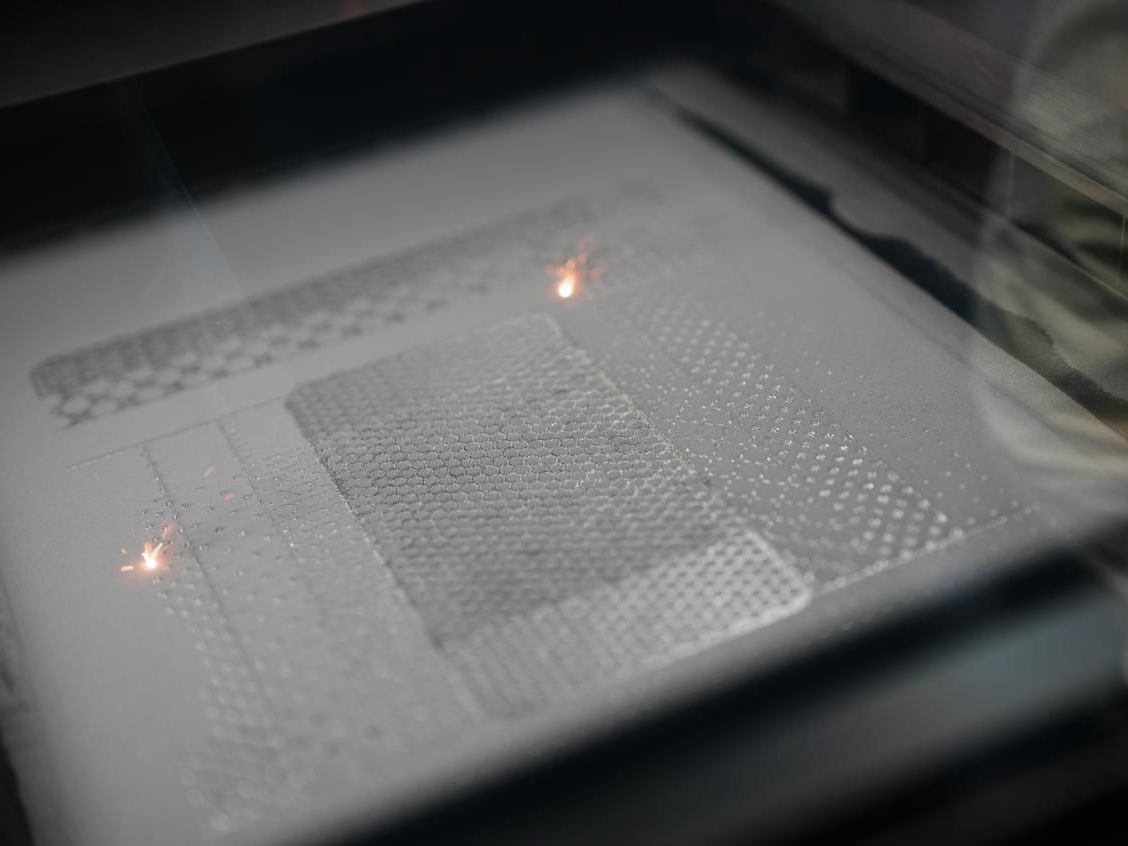An Introduction to Electron Beam Additive Manufacturing (EBAM) 3D Printing
Introduction
Electron Beam Additive Manufacturing (EBAM) is a high-performance metal additive manufacturing process using a focused electron beam to fuse metallic powders or wires layer-by-layer in a vacuum environment. Unlike traditional CNC machining or other additive methods, EBAM offers exceptional deposition rates, superior mechanical properties, and the capability to produce large-scale components efficiently. It is highly beneficial in industries such as aerospace, defense, and energy that require rapid production of robust, lightweight, and structurally complex metal parts.
At Neway, our industrial 3D printing services incorporate advanced EBAM technology, enabling clients to quickly fabricate large, structurally sound, and fully dense metal components, significantly reducing lead times and enhancing performance in demanding applications.
How EBAM Works: Process Principles
Electron Beam Additive Manufacturing follows three key stages: material deposition, electron beam melting, and layer solidification. Initially, metal powder or wire feedstock is precisely delivered onto a substrate within a vacuum chamber. Next, a high-energy electron beam selectively melts the material, creating a molten pool that rapidly solidifies to form a fully dense metallic layer. This process is repeated layer-by-layer, controlled by precise computer models. The vacuum environment eliminates contamination risks and reduces residual stresses, offering distinct advantages over laser-based additive processes such as SLS or FDM.
Common EBAM Materials
EBAM utilizes specialized metallic materials optimized for superior mechanical performance and industrial applications. At Neway, we commonly employ the following EBAM-validated materials:
Material | Tensile Strength | Thermal Stability | Key Properties | Common Applications |
|---|---|---|---|---|
900–1200 MPa | Up to ~600°C | High strength-to-weight ratio, corrosion resistance | Aerospace frames, engine parts | |
1200–1400 MPa | Up to ~800°C | Exceptional strength at elevated temperatures | Turbine blades, combustion chambers | |
600–1100 MPa | Up to ~500°C | Excellent corrosion resistance, toughness | Oil & gas equipment, medical implants | |
300–400 MPa | Up to ~250°C | Lightweight, good thermal conductivity | Structural aerospace, automotive parts |
Key Technical Features of EBAM 3D Printing
EBAM is highly regarded for exceptional build speed, large-scale capability, and outstanding mechanical properties. Key technical specifications verified by ASTM and ISO industry standards include:
Precision & Resolution
Layer Thickness: Adjustable from 0.2–1.5 mm, ideal for high deposition rates and large-scale manufacturing.
Dimensional Accuracy: ±0.3 mm (ISO 2768), excellent for large structural components.
Minimum Feature Size: Capable of achieving detailed features around 1 mm, suitable for robust structural parts.
Mechanical Performance
Tensile Strength: Alloy-dependent, typically ranging from 600 to 1400 MPa, providing exceptional mechanical performance.
High-Temperature Stability: Superalloys maintain structural integrity up to 800°C, ideal for aerospace engine components.
Fatigue and Fracture Toughness: Excellent mechanical robustness and fatigue resistance due to dense metallurgical bonding.
Production Efficiency
High Deposition Rates: Capable of depositing up to 7–11 kg of material per hour, significantly faster than conventional additive manufacturing methods.
Reduced Material Waste: Typical material usage efficiency exceeds 90%, significantly reducing waste compared to traditional machining.
Large-Scale Component Production: EBAM accommodates the manufacturing of large-scale components without compromising structural integrity, reducing assembly requirements.
Surface & Aesthetic Quality
Surface Finish: Typical as-built surface roughness ranges Ra 15–35 µm, adequate for functional surfaces with subsequent machining.
Machinability: EBAM-produced components are easily finished through traditional machining methods, meeting stringent surface requirements.
Core Advantages Over Conventional Methods
Cost and Time Savings: EBAM drastically reduces lead times (by up to 80%) and eliminates costly tooling associated with CNC machining and casting for large-scale metal components.
Superior Mechanical Integrity: Produces fully dense, metallurgically bonded parts free from porosity, ensuring structural reliability far superior to cast components.
Material and Energy Efficiency: High material utilization (~90%), minimizing waste significantly compared to traditional machining (60–80% waste).
Scalable to Large Components: Effectively manufactures large structural parts in one piece, reducing complexity, weight, and assembly time significantly.
Reduced Residual Stress: Vacuum environment and electron beam preheating minimize residual stress and distortion compared to laser-based additive processes.
Enhanced Metallurgical Quality: Vacuum environment prevents contamination, ensuring optimal mechanical properties and corrosion resistance.
EBAM vs. CNC Machining vs. Casting: Manufacturing Process Comparison
Manufacturing Process | Lead Time | Surface Roughness | Geometric Complexity | Minimum Feature Size | Scalability |
|---|---|---|---|---|---|
Electron Beam Additive Manufacturing | 2–7 days (no tooling required) | Ra 15–35 µm | ✅ Complex, large-scale, internal features | ~1 mm | 1–50 units (optimal for large parts) |
CNC Machining | 3–7 days (programming and setups) | Ra 1.6–3.2 µm | ❌ Limited complexity due to tool access | 0.5 mm | 10–500 units (costly at large scale) |
Casting | 4–12 weeks (mold and tooling required) | Ra 6–12 µm | ❌ Limited by molds, no internal complexity | 1–3 mm | >500 units (economical only at volume) |
Industry-Specific EBAM Applications
Aerospace & Aviation: Rapid production of structural airframes, turbine components, engine casings, and lightweight metal assemblies.
Defense & Military: Large, high-strength armor components, missile housings, critical structural components requiring rapid turnaround.
Oil & Gas: Large-scale, corrosion-resistant components such as valve bodies, pressure vessels, and drilling equipment.
Power Generation: Turbine blades, heat exchanger components, reactor vessels, and large energy plant structures.
Related FAQs
How does EBAM technology reduce manufacturing costs and lead times compared to CNC machining or traditional casting methods?
Which materials are commonly used in EBAM, and what are their primary applications and benefits?
What size and complexity of parts can EBAM technology produce compared to other additive or subtractive processes?
How do the mechanical properties of EBAM-manufactured components compare to conventionally machined or cast parts?
In which specific industries is Electron Beam Additive Manufacturing most advantageous and why?

